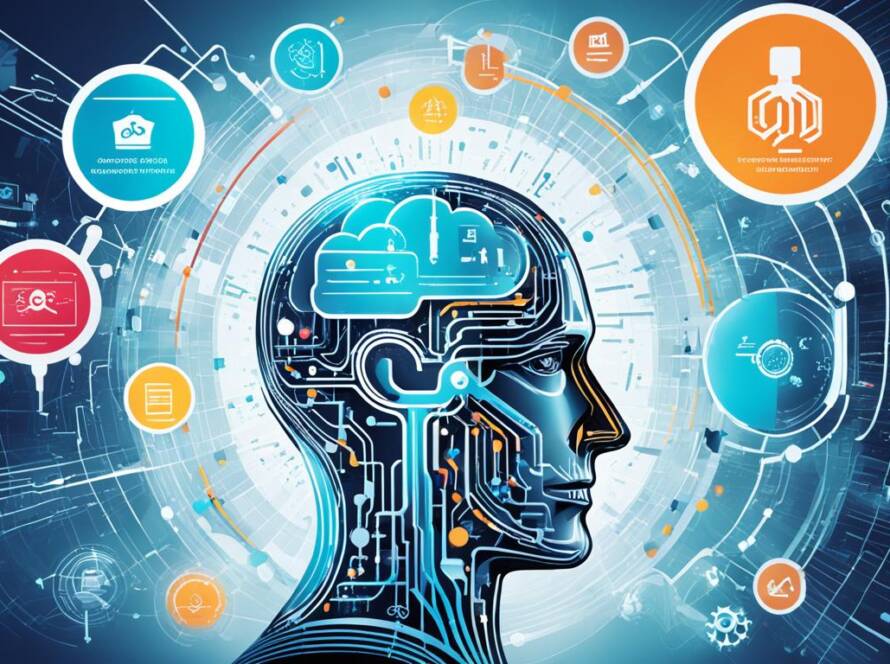As artificial intelligence (AI) becomes more integrated into our daily lives, terms like “chatbots,” “AI agents,” and “AI assistants” are often used interchangeably. However, these technologies are distinct in their capabilities and applications. Understanding the differences can help businesses and individuals choose the right tool for their needs.
Chatbots: The Basics
Chatbots are rule-based systems designed to simulate human conversation, primarily for specific tasks. They often operate within predefined scripts, using programmed responses to handle queries or actions. These systems are commonly seen in customer support applications, where they handle simple, repetitive tasks like answering FAQs or directing users to the right resources.
Key Characteristics of Chatbots:
- Limited Scope: Chatbots are typically designed for narrow use cases, such as booking appointments or providing basic customer service.
- Rule-Based Responses: They rely on pre-programmed logic to provide answers, making them less adaptable to complex or unexpected inputs.
- No Learning Capability: Most chatbots do not learn from interactions, which limits their ability to improve over time.
- Static Workflow: Chatbots follow a linear process, making them efficient for straightforward tasks but inadequate for dynamic problem-solving.
For instance, a chatbot might help you check your bank balance or reset a password, but it struggles with nuanced requests requiring contextual understanding or reasoning.
AI Agents and Assistants: A Leap Forward
AI agents and assistants represent a more advanced tier of conversational AI, driven by technologies like machine learning (ML) and natural language processing (NLP). Unlike chatbots, these systems are designed to understand, reason, and act autonomously, often adapting to user needs over time.
Key Characteristics of AI Agents/Assistants:
- Broad Capabilities: AI agents can handle complex, multi-step tasks, from scheduling meetings across time zones to generating detailed reports.
- Contextual Understanding: They analyze user input and context to provide relevant and accurate responses.
- Learning and Adaptation: Through ML, these systems improve with use, becoming more efficient and personalized over time.
- Dynamic Workflow: AI agents can adjust their processes dynamically, enabling them to perform tasks that require planning, reflection, and decision-making.
For example, an AI assistant might help a user draft an email, suggest meeting times based on calendar availability, and even adjust plans dynamically if conflicts arise—all without requiring explicit instructions for each step.
The Role of Bee by WebAIE.com
A standout example of a modern AI assistant is Bee from WebAIE.com. Bee is designed to push the boundaries of what AI agents can achieve by combining versatility with a user-friendly interface. Bee exemplifies the power of AI assistants, offering features that go beyond traditional chatbot functionality.
Bee’s Key Features:
- Adaptability: Bee is built to understand complex and varied user needs, making it ideal for tasks that require more than static, rule-based responses.
- Intelligence and Precision: Bee leverages advanced NLP and ML algorithms to provide accurate and context-aware responses.
- Agentic Workflows: Bee incorporates agentic reasoning, including reflection and planning, to manage complex, multi-step tasks autonomously.
- Visual and Data Processing: Bee can handle diverse data types, from text to visual media, transforming inputs into actionable insights, such as categorizing video content or analyzing images for key features.
- Streamlined User Experience: Designed with businesses and end-users in mind, Bee simplifies interaction through a clear and intuitive interface, reducing the learning curve for new users.
How Bee Stands Out:
Bee integrates seamlessly into workflows, whether it’s helping businesses manage their operations or assisting individuals with personal tasks. Its ability to process unstructured data—such as extracting metadata from videos or generating visual timelines—places it at the forefront of AI innovation. For example, Bee can help analyze hours of video footage, identify key moments, and tag content, significantly reducing manual effort.
The Evolution of Agentic AI
The rise of agentic AI workflows has further blurred the lines between traditional chatbots and advanced AI agents. These workflows enable AI systems to perform tasks autonomously by reasoning, planning, and collaborating with other systems. Here’s how:
- Reflection: The AI critiques its own outputs, identifying errors and refining its performance.
- Planning: It sequences actions to achieve complex objectives, such as compiling a report based on multiple data sources.
- Collaboration: Multiple agents work together, simulating teamwork to complete multifaceted tasks efficiently.
Bee exemplifies these workflows in action. It uses reflection to improve task outputs, plans steps to complete complex user requests, and can collaborate with other tools or systems for a seamless experience.
Key Differences at a Glance
| Feature | Chatbots | AI Agents/Assistants | Bee by WebAIE |
| Scope | Narrow, task-specific | Broad, dynamic | Broad and versatile |
| Intelligence | Rule-based | ML and NLP-driven | Advanced ML and NLP |
| Adaptability | Static | Learns and evolves | High adaptability |
| Context Awareness | Limited | High | Advanced |
| Task Complexity | Simple workflows | Handles multi-step tasks | Excels in multi-step tasks |
| Data Handling | Limited | Advanced | Handles visual and textual data effectively |
When to Choose Bee by WebAIE
- Choose Bee If:
- Your tasks require dynamic, context-aware, and versatile AI assistance.
- You need to process and analyze complex or unstructured data types like videos or images.
- You value streamlined workflows that integrate seamlessly with other tools and systems.
- Choose Chatbots or Basic Agents If:
- Your use case involves straightforward, repetitive tasks.
- Cost-efficiency is a higher priority than versatility or adaptability.
Conclusion
While chatbots serve as excellent tools for handling basic, rule-based interactions, advanced AI agents like Bee from WebAIE.com bring a level of intelligence and flexibility that makes them indispensable in today’s fast-evolving AI landscape. With features like agentic workflows and multimodal data handling, Bee exemplifies how modern AI can revolutionize both business operations and personal productivity.


